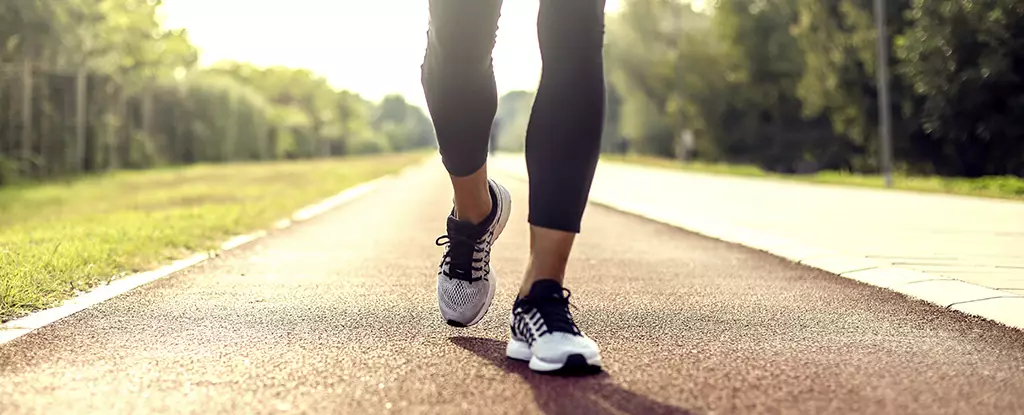In an era where technological advancements dominate our lives, the simplicity of walking—particularly brisk walking—remains a potent remedy for many health issues. Yet, society often underestimates its significance, relegating it to a mundane activity rather than recognizing it as a powerful tool for longevity and disease prevention. This oversight is especially stark when considering marginalized populations, who are frequently deprived of safe and accessible environments to engage in such beneficial exercise. The emerging evidence underscores a startling truth: the pace at which we walk could have profound implications for our lifespan, demanding a reevaluation of how public health prioritizes accessible physical activity.
Dissecting the Study: More Than Just Numbers
A comprehensive longitudinal study led by Vanderbilt University takes a critical step toward demystifying the relationship between walking pace and mortality. Analyzing data from nearly 80,000 adults over nearly 17 years, researchers uncovered a striking correlation: those who incorporated at least 15 minutes of brisk walking into their daily routine experienced nearly a 20% reduction in the risk of death. Notably, this benefit was most evident among populations that often suffer from health disparities—low-income communities and Black individuals—highlighting a social justice dimension that cannot be overlooked.
Crucially, the findings challenge the often superficial approach to health advice. They suggest that not all walking is created equal; the intensity of the activity matters. Fast walking—like climbing stairs or engaging in quick-paced exercise—stokes the heart and mobilizes the body in ways slow, leisurely walking simply does not. Even minimal amounts of brisk activity, when consistently incorporated, appear sufficient to trigger meaningful health benefits, an empowering revelation for those who think they lack time or resources for strenuous workouts.
Bridging the Health Gap: Accessibility and Equity
What distinguishes this research is its focus on vulnerable groups that traditional health studies tend to neglect. These populations often live in environments plagued by safety concerns, limited green spaces, and socioeconomic barriers that impede regular physical activity. For many, the idea of brisk walking might seem out of reach—not because of unwillingness but due to structural limitations. Developing inclusive health strategies involves more than issuing generic advice; it requires transforming communities to ensure safe, welcoming spaces for activity.
Public health campaigns must pivot toward emphasizing walkability and community engagement. Investing in sidewalks, parks, and safe street designs isn’t just urban planning—it’s an act of social justice. Making brisk walking a feasible and attractive option for everyone is essential if we are to close the health disparity gap. Furthermore, educational initiatives should elevate awareness that even a small increase in walking pace could yield life-extending benefits, thereby motivating communities that might otherwise feel alienated from conventional fitness routines.
The Cultural Shift Needed: From Apathy to Action
Countering the misconception that physical activity must be complex or arduous, society needs a cultural shift—a recognition that the simplest, most accessible form of exercise can be powerful enough to transform lives. Advocacy and policy must focus on integrating brisk walking into daily life through innovative programs, community-led initiatives, and inclusive messaging. Encouraging workplaces to promote movement breaks, schools to introduce active recesses, and neighborhoods to prioritize pedestrian-friendly infrastructure will collectively reshape our collective health landscape.
Such change also demands confronting societal inequalities head-on. Without targeted efforts, marginalized communities remain on the periphery of health advancements, perpetuating cycles of poor health outcomes and reduced life expectancy. Recognizing that a minute or two of faster-paced walking each day can carve out a significant difference in lifespan is a potent narrative—one that empowers individuals and communities alike to reclaim control over their health within the limits imposed by their circumstances.
The evidence is clear: walking at a faster pace is not just a trivial tip but a vital, accessible health strategy that could reimagine population health equity. It calls for a proactive stance—a collective effort to embed the power of brisk walking into our societal fabric, ensuring no one is left behind in the quest for healthier, longer lives.


Leave a Reply